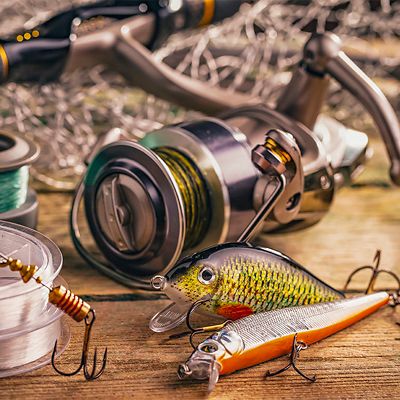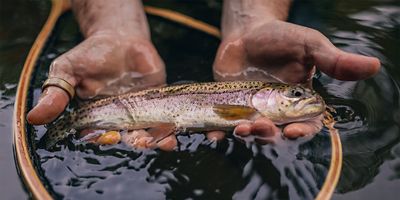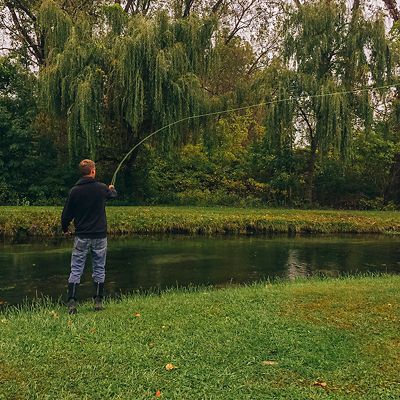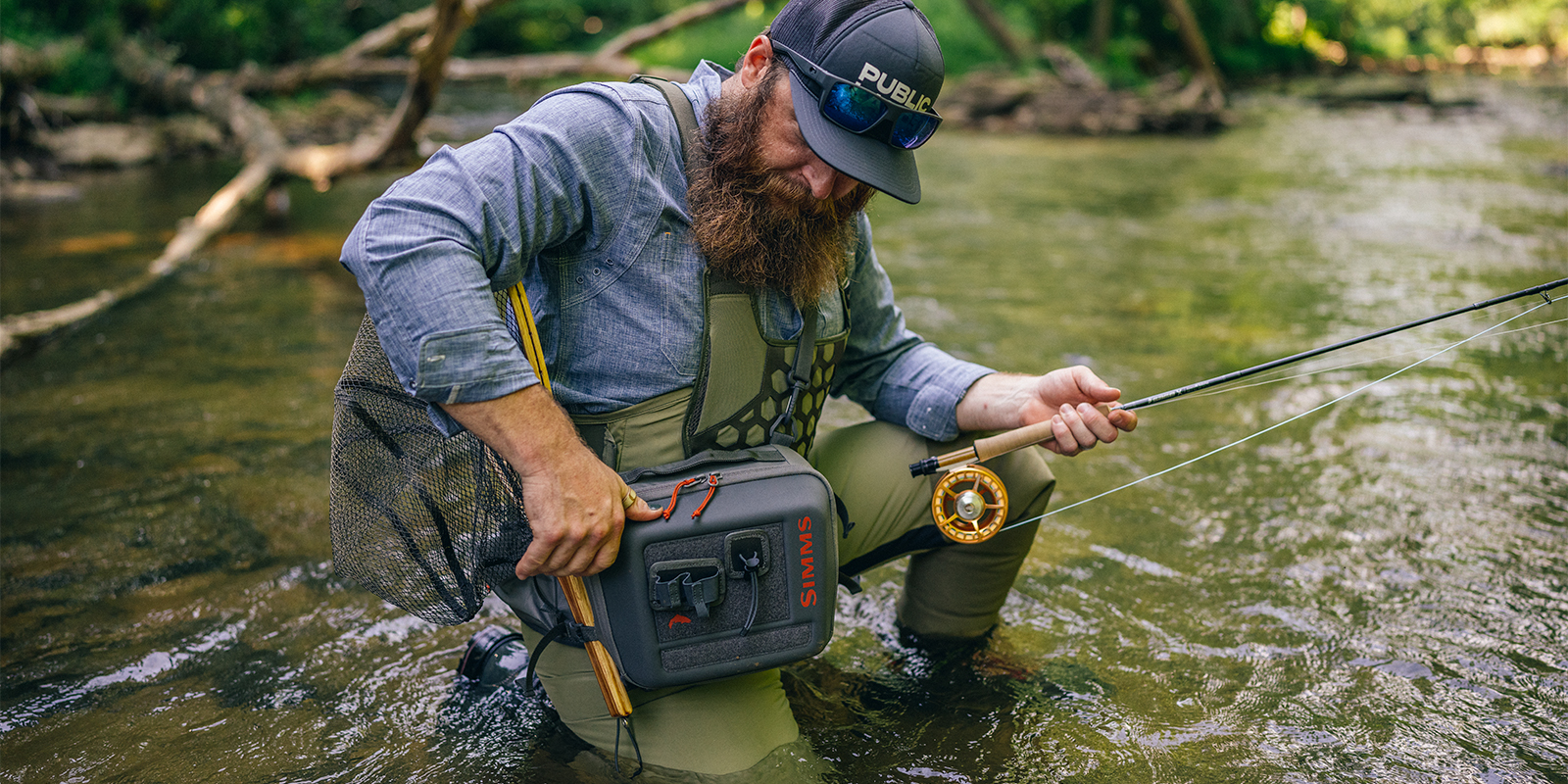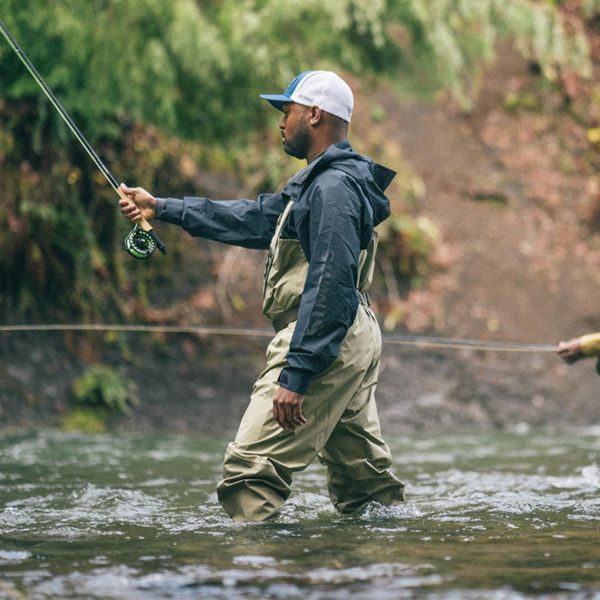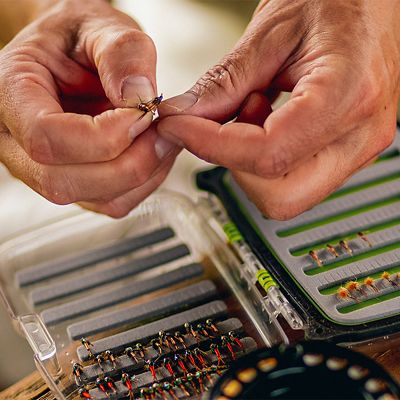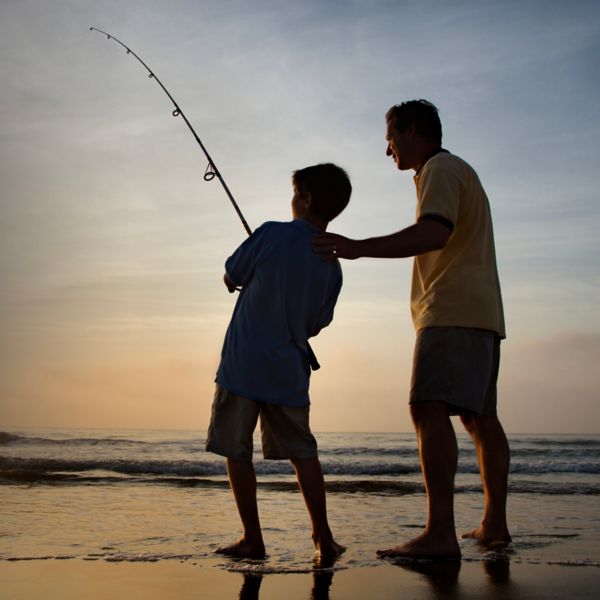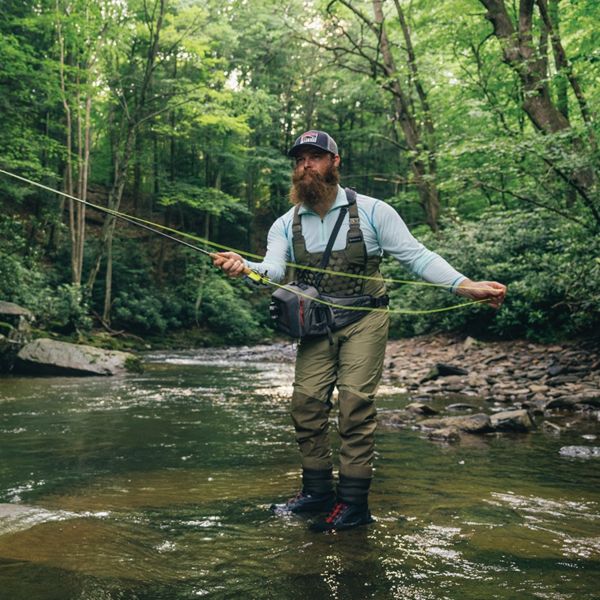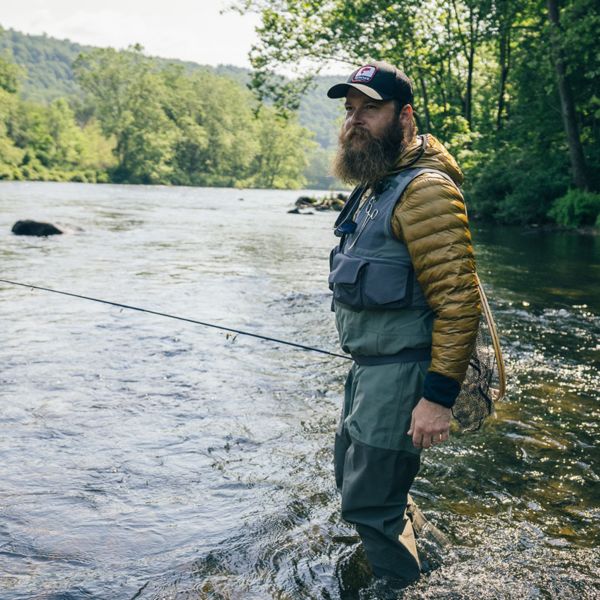If you’re like the vast majority of anglers, a basic fishing rod with either a spinning or baitcasting reel is all that you’ll ever need, whether you’re a beginner or seasoned pro. Compared to fly rods, they’re both easy to use. Both types also perform well in a variety of conditions, in fresh and saltwater, using different techniques, and for the gamut of fish species. But there are still a few considerations to sort out when it comes to choosing your setup.
Start by thinking through what you’re hoping to accomplish. What type of fish will you be trying to catch? What weight lures will you be casting to accomplish that? What type of water will you primarily be fishing? And will you be looking for distance—casting out into a lake—or trying to make tight, accurate casts in small streams?
Rod Action
Think of your fishing rod as a slingshot tasked with whipping your lure and line out into the water. Action is a measure of how much of the rod can get behind that slingshot. Technically, it’s how much of the rod bends when you weight the tip.
Fast action rods bend at the top and through the upper third of the rod, while most of the rod stays firm. If you’re setting the hook into bigger fish or trying to pull a fish out of vegetation, they can be more powerful. They also have greater sensitivity and longer casting distances, but they’re not as forgiving.
Medium action rods bend at roughly the top half of the rod and offer moderate firmness, setting ability, and sensitivity.
And finally, slow action rods bend through their entire length. They absorb more of the fight with fish and keep pressure more consistently on the fish. They’re the best option for crankbaits. But more force is required to set the hook.




